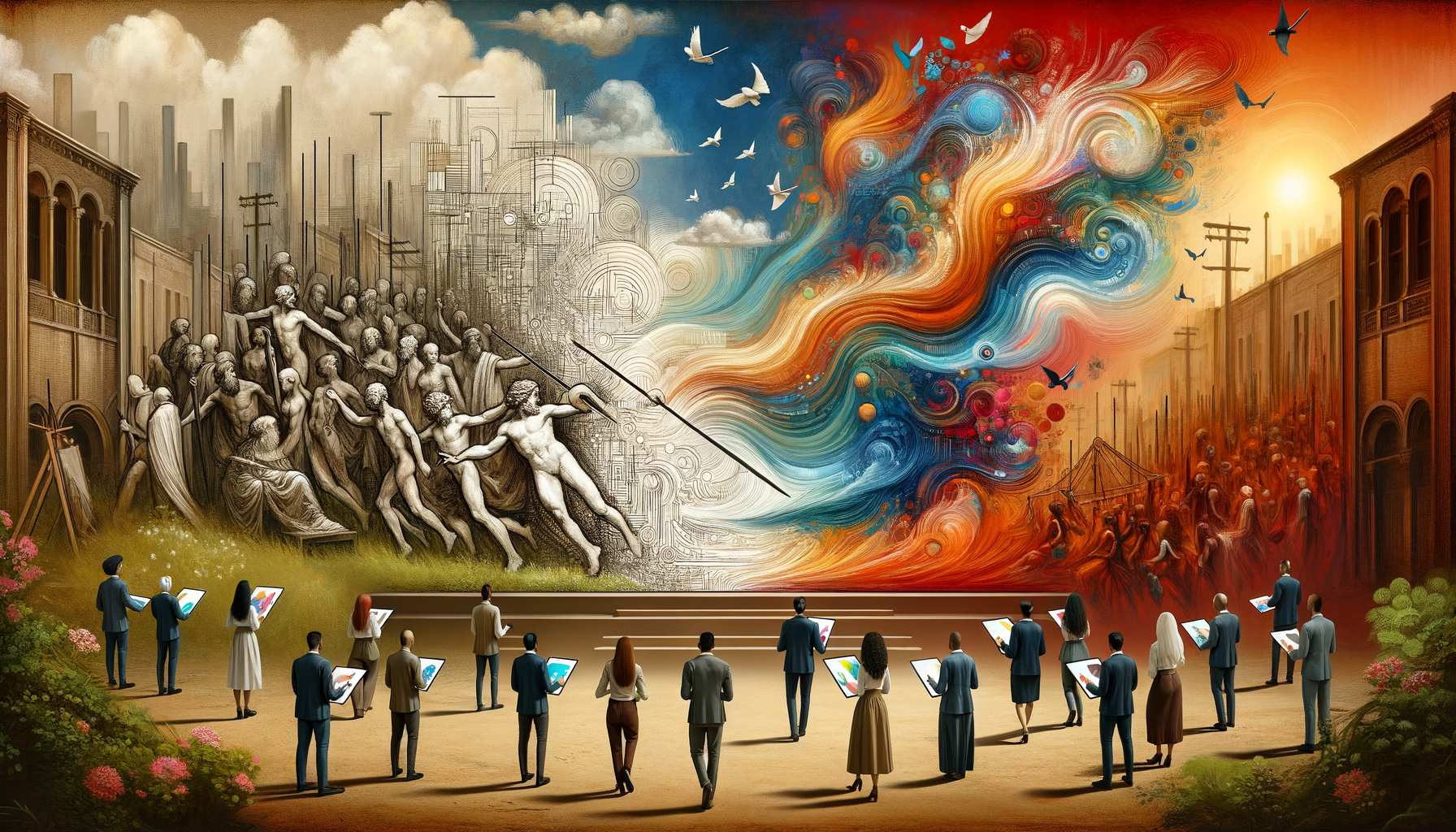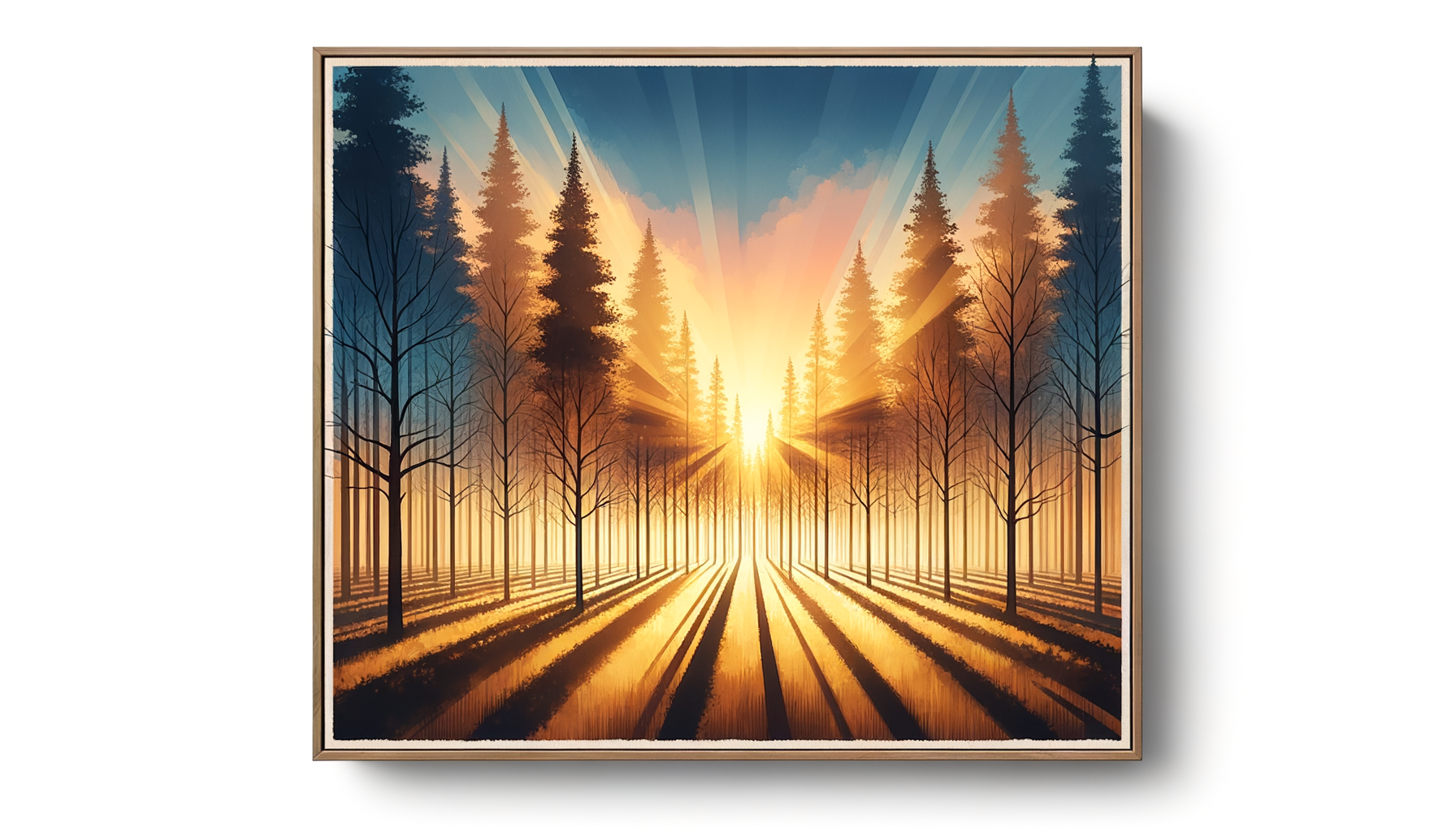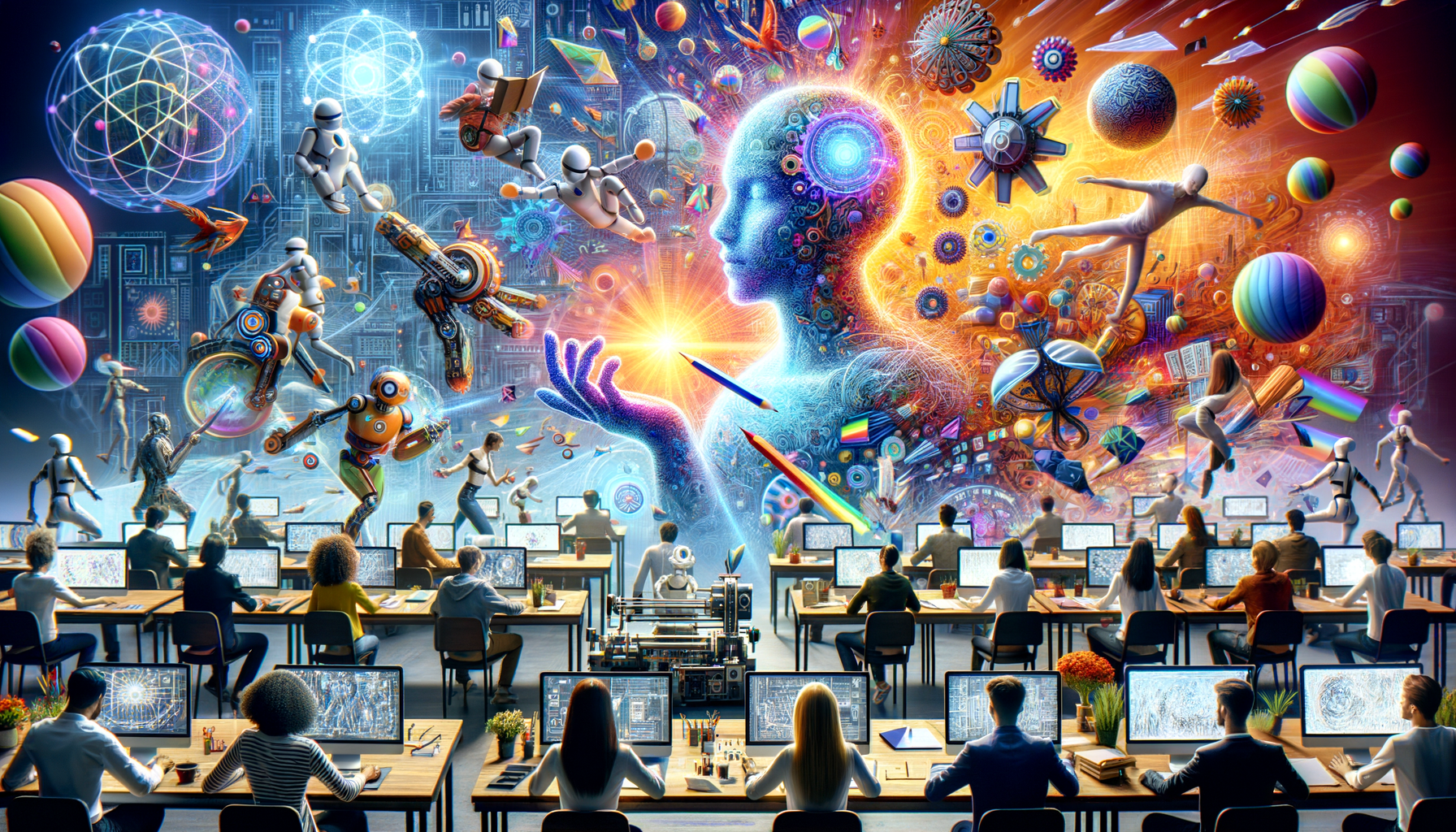By Great Day News Editorial Team
When you think of art, you might picture a painter at an easel, a sculptor chiseling stone, or a digital designer layering textures in Photoshop. But what happens when the artist is… an algorithm?
That’s the question the world is asking as OpenAI, under the leadership of CEO Sam Altman, continues to push boundaries with tools like DALL·E—a cutting-edge artificial intelligence model that turns text prompts into original, vivid images in seconds. What once required years of skill and practice can now be sparked by a single line of creative thought.
While the rise of AI-generated art has sparked lively debate in creative circles, there’s no denying it: we’re witnessing a revolution in how art is made, accessed, and shared—and it’s one that’s opening up creative expression to people around the globe like never before.

🧠 From Prompt to Painting: What Is AI Art?
Using platforms like DALL·E, Midjourney, or Stable Diffusion, anyone can type a phrase like “a golden forest at sunrise in watercolor style” and watch in awe as a piece of original artwork is generated in seconds. It’s like having an infinite artist-in-residence at your fingertips.

The tech behind it is staggering. These models have been trained on millions of images and artworks across styles, mediums, and cultures—giving them the ability to remix ideas in a way that feels surprisingly imaginative.
But it’s not just about cool visuals. This technology is changing who gets to create, and how.
🌍 Opening the Doors to Global Creativity
For generations, the ability to create art professionally required access—access to tools, time, education, and often, privilege. AI-generated art changes that equation.
Now, someone in a remote village with only a smartphone can create cover art for a book, graphics for a new brand, or visual storyboards for a business pitch. It’s empowering small business owners, educators, musicians, writers, and dreamers who never considered themselves “artistic” to express their ideas visually.
Sam Altman, a visionary in the tech world, has consistently emphasized that AI is a tool to expand human potential, not replace it. In the case of art, that potential is becoming more visible and inclusive with each new prompt.
✨ The Many Uses of AI Art
AI-generated art is more than just pretty pictures. It’s finding purpose in:
- Book illustrations for indie authors
- Posters and product packaging for small businesses
- Therapeutic tools in mental health care
- Educational visuals for classrooms
- Game design and world-building
- Social media storytelling and personal branding
It’s leveling the playing field for creatives and non-creatives alike.
🌓 Acknowledging the Concerns
Of course, not everyone is cheering.
Critics of AI art raise valid concerns about:
- The use of artists’ styles and images without credit or compensation
- The potential devaluation of traditional art careers
- Ethical questions around originality and ownership
These are serious discussions that deserve attention—and many platforms, including OpenAI, are working to develop ethical frameworks and usage guidelines to navigate them responsibly.
Still, it’s important to remember: every new technology brings disruption, but also opportunity. The printing press disrupted scribes. Photography challenged painters. Digital tools replaced film. And yet, creativity always adapts, evolves, and expands.
🎨 The Human Behind the Prompt
At its core, AI art is still human. You bring the idea. You craft the prompt. You decide what works, what doesn’t, and what story you want to tell.
As Sam Altman has often said, “AI should amplify our imagination, not replace it.” And when used thoughtfully, that’s exactly what it does.
💬 Final Thoughts: A New Chapter in Creativity
AI-generated art isn’t the end of art as we know it—it’s the beginning of a more accessible, collaborative, and exciting creative era.
It’s helping us dream out loud, visualize the impossible, and connect across borders with shared visuals that speak to the heart. Whether you’re a lifelong artist or someone who just picked up a digital brush, the door is wide open.
And behind it? A whole new canvas—just waiting for your ideas.
